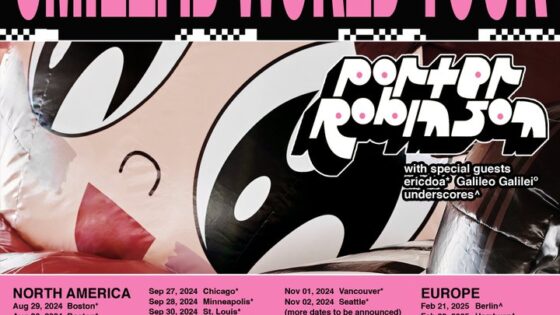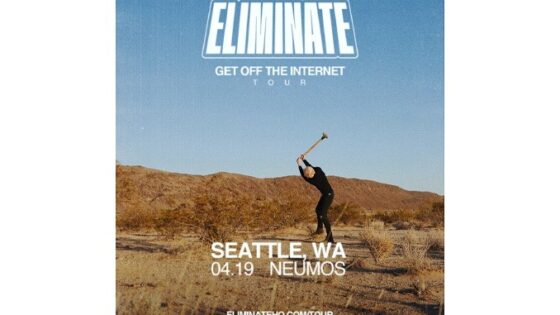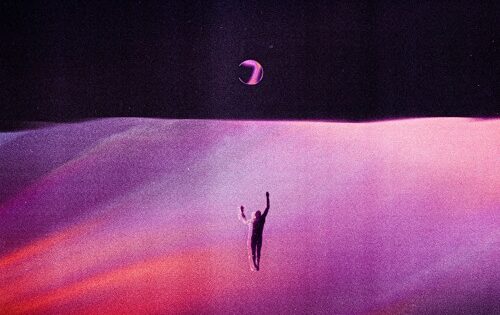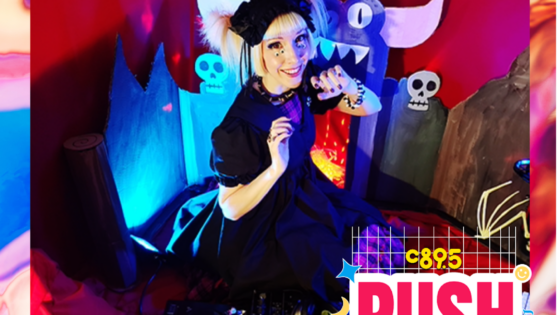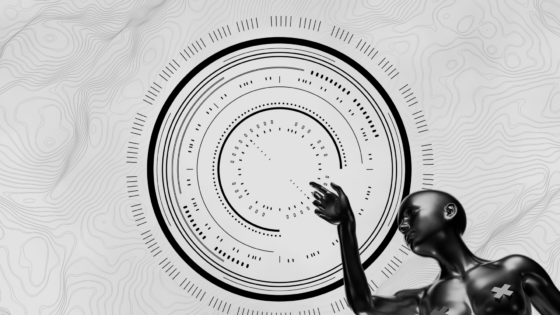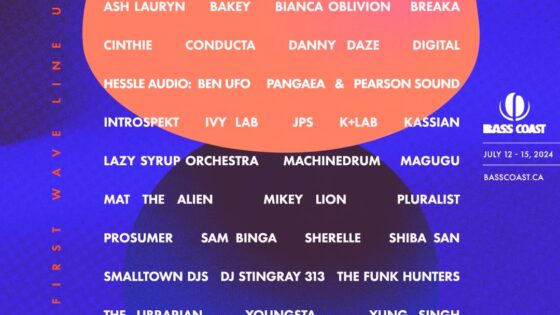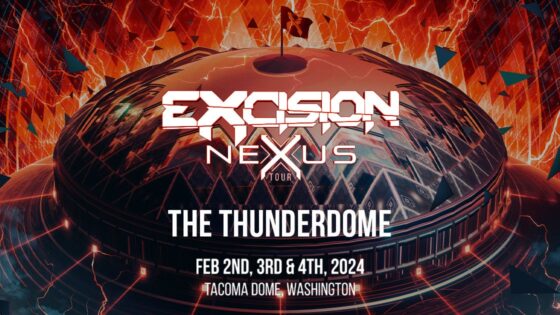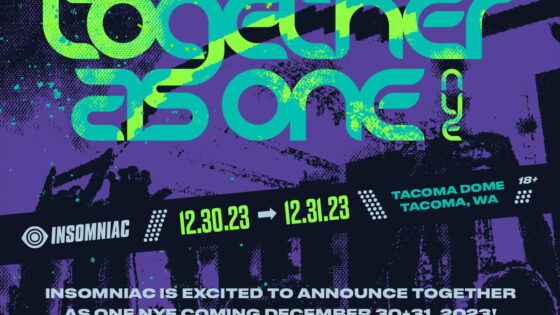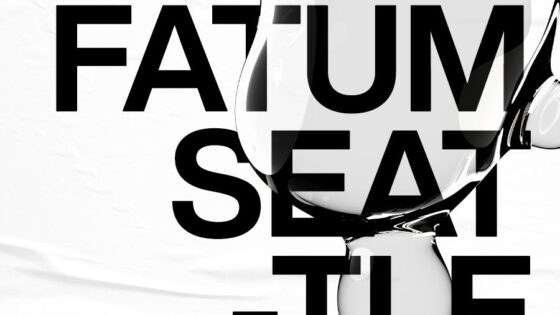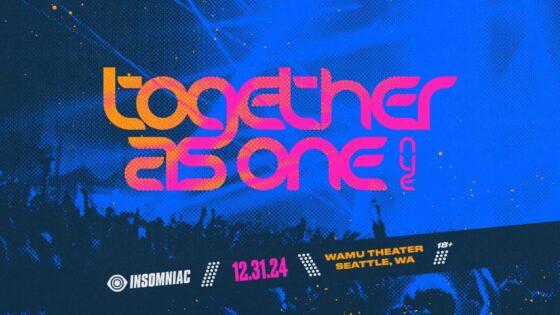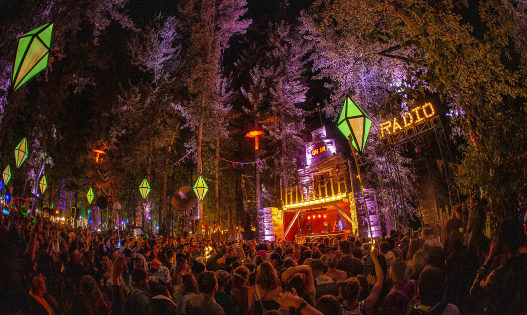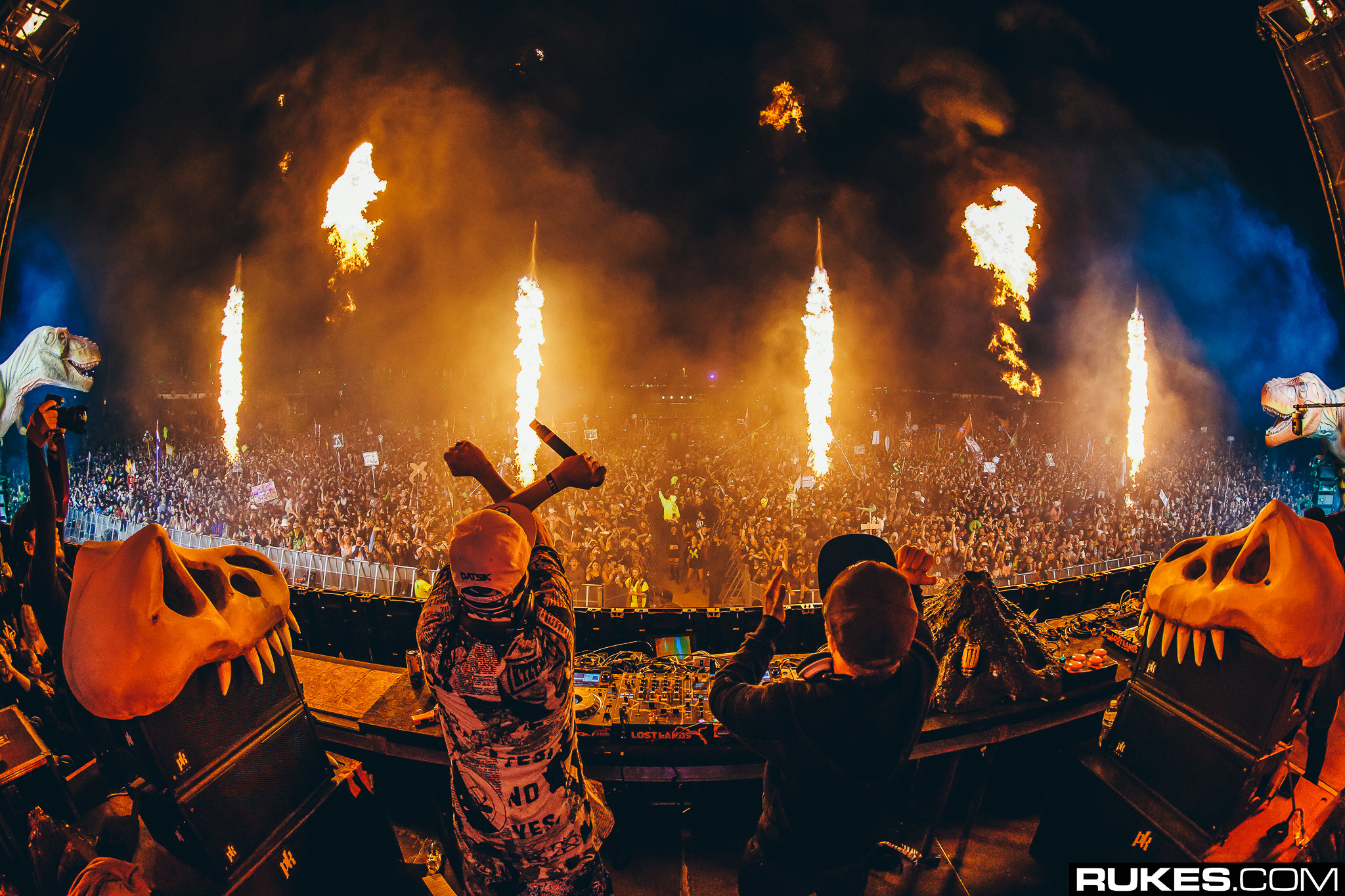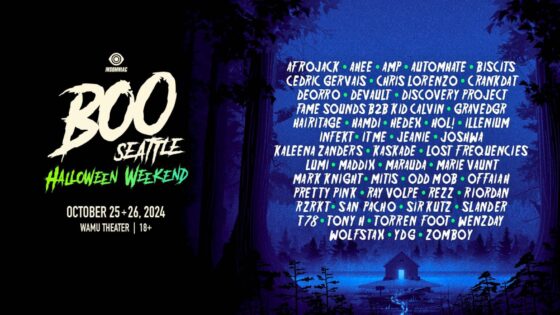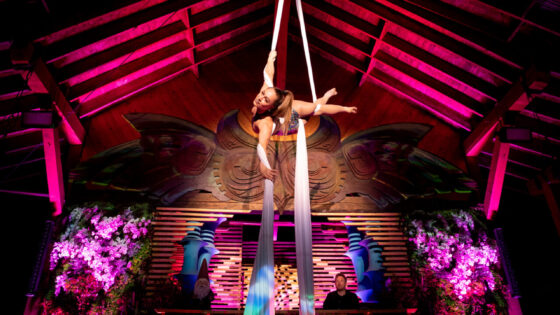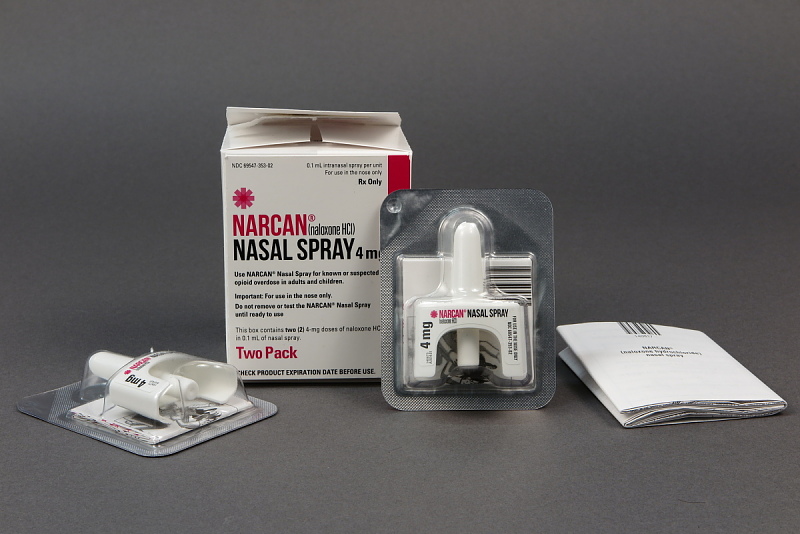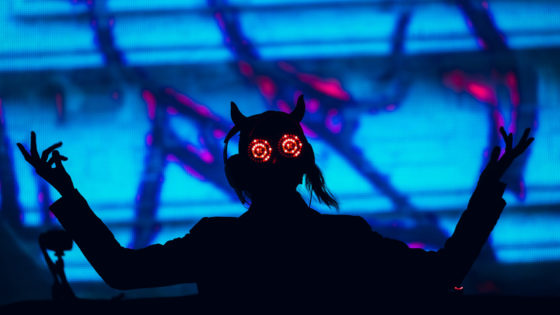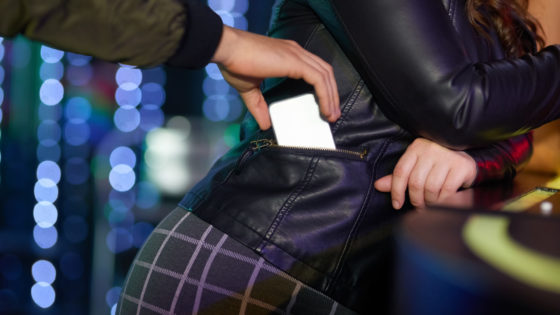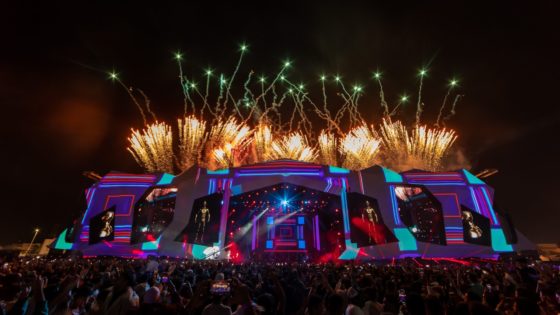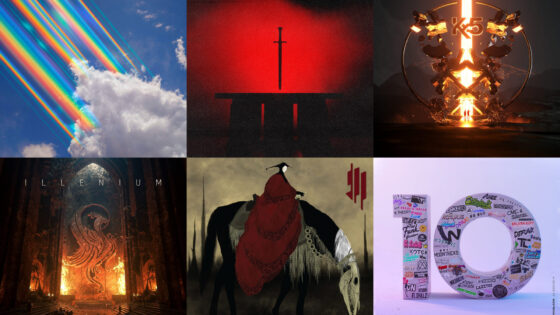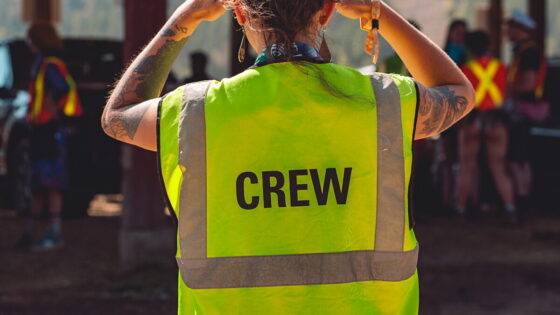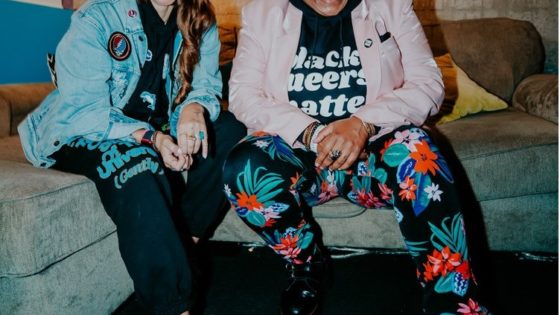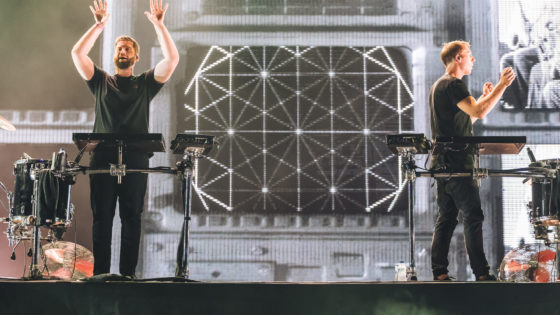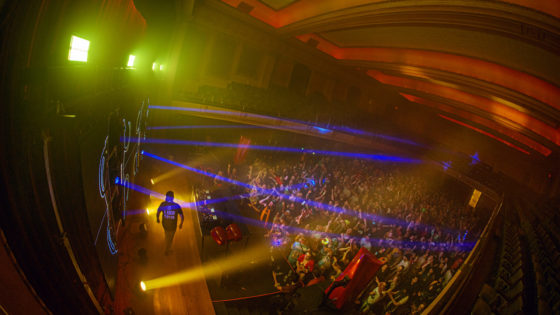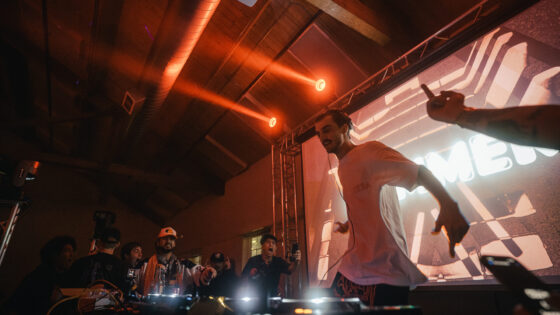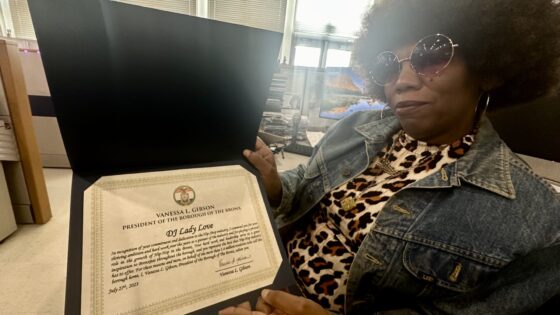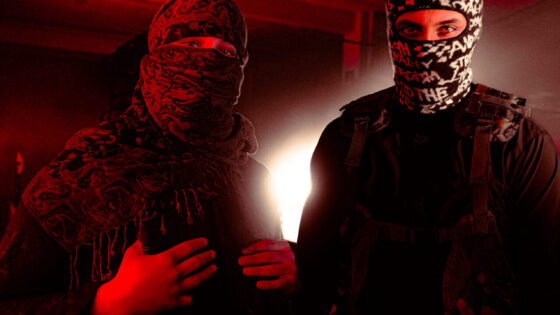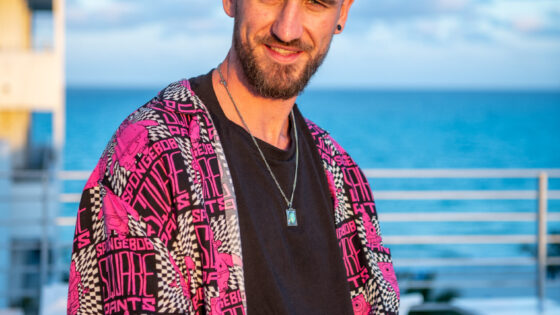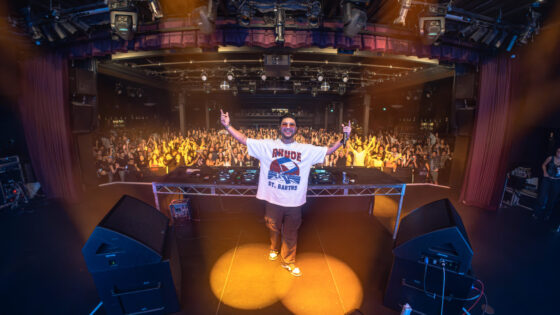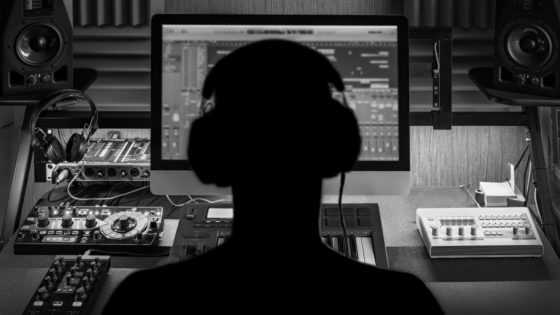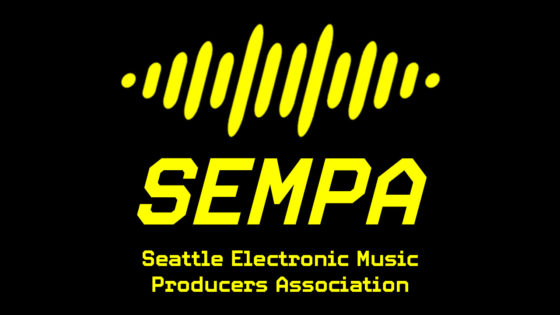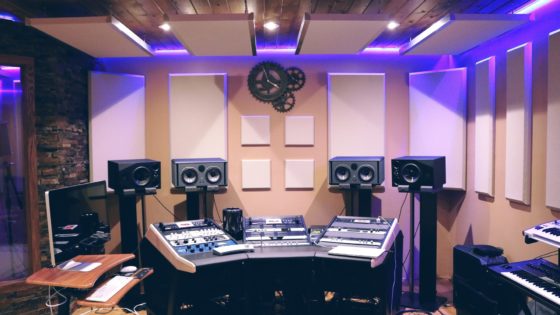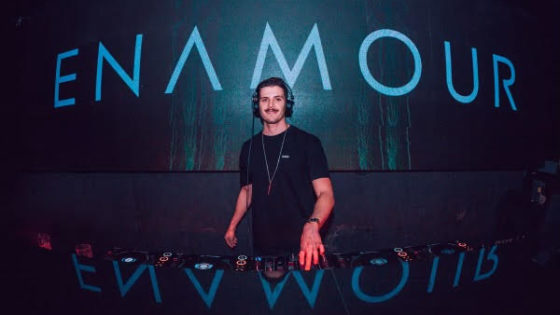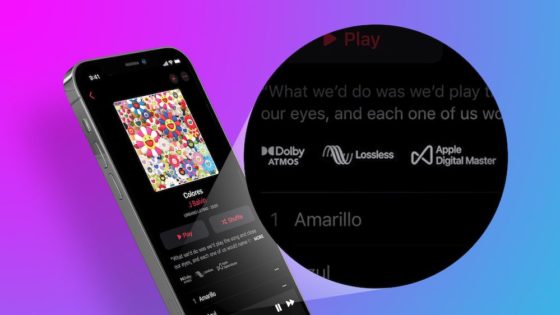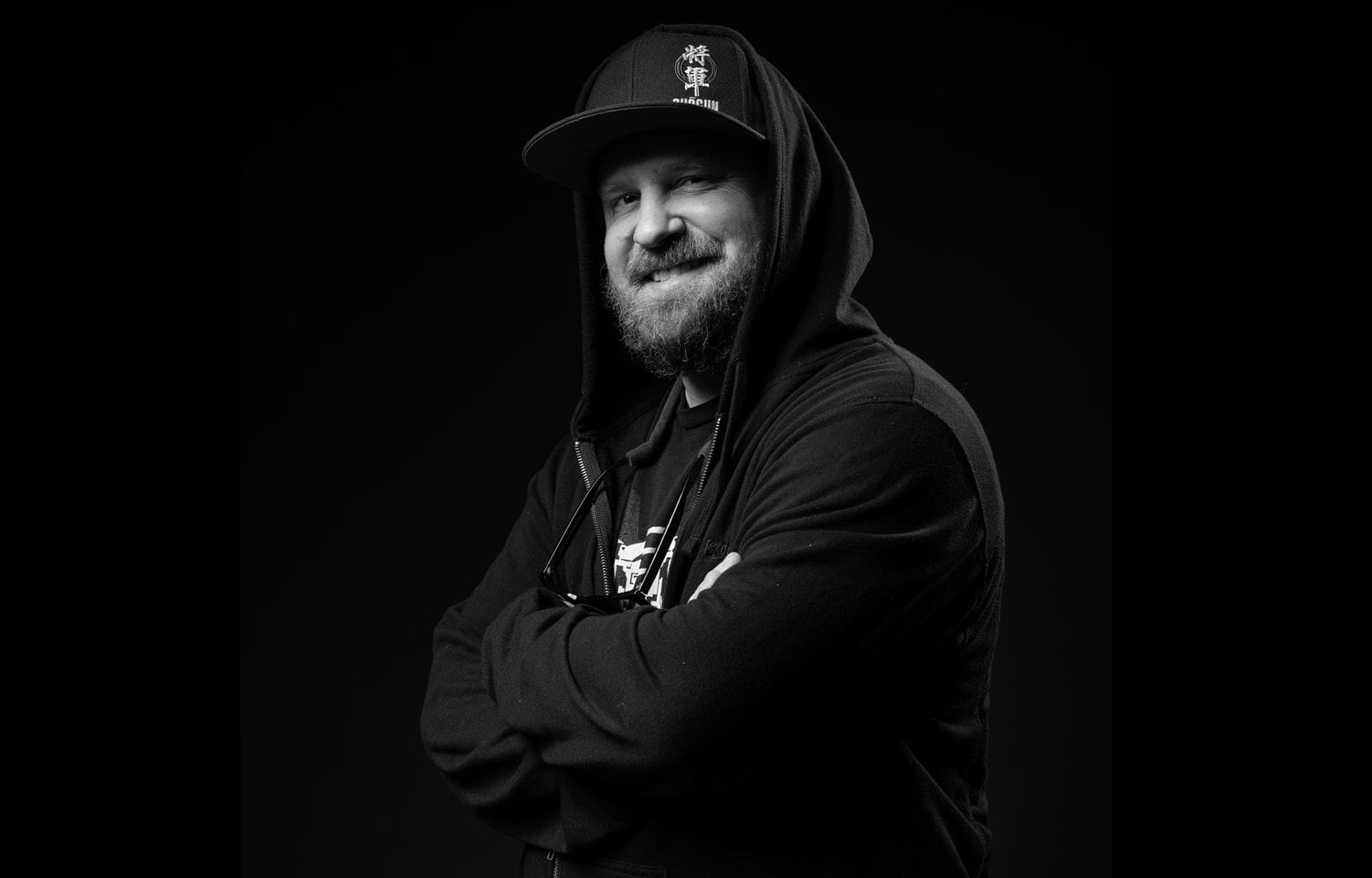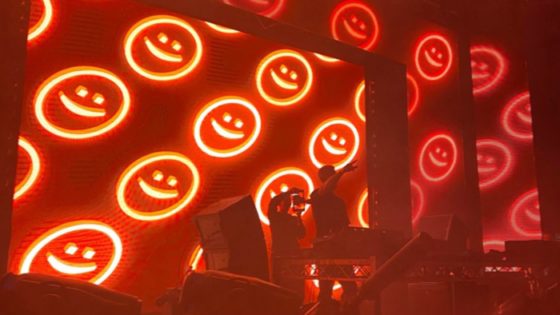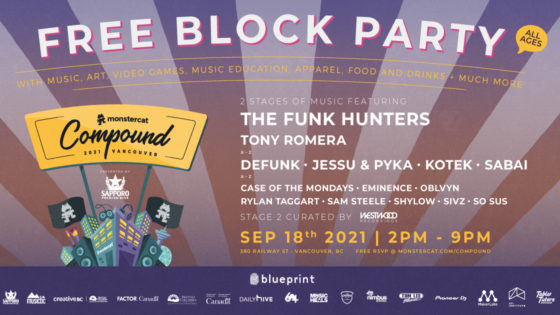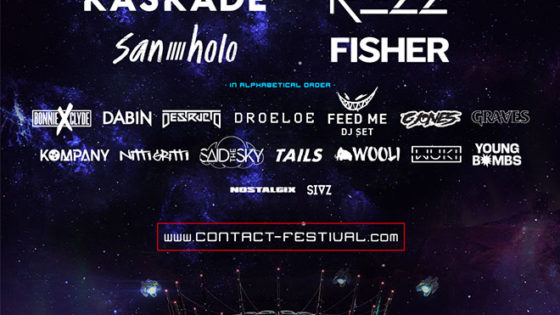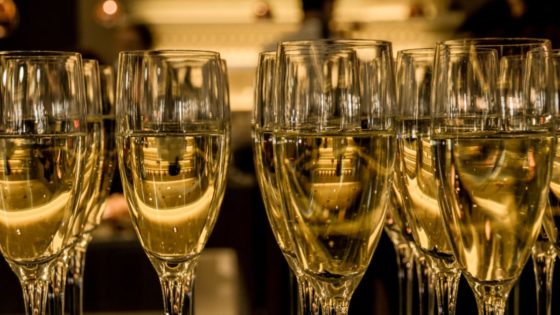There’s no name more synonymous with Vancouver’s nightlife photography scene than the man dubbed “the wide angle wizard” Joffrey Middleton-Hope. Not only does he capture the essence of Vancouver nightlife, but he attends many electronica festivals in beautiful British Columbia and he works in the Vancouver film industry.
We got a chance to sit down with Joffrey between his many photography gigs to see where it all started and what he hopes to see in the future.
DMNW: What inspired you to get into photography?
Joffrey: I guess it would have to do with festivals, really. Because originally a guy with a camera would show up at a nightclub and then start shooting. So it was a very different history of photography that some people I know grew up with; they went to film school, or they just had a photo class in high school or something like that. I didn’t do any of that. I kind of just skipped all that. And just started shooting at clubs and nightclubs and stuff like that.
I’ve still got friends who are trying to get me to learn classic photography. And I’m just like, “I’m listening. But I’m also from the digital era.” So it’s just that I’m not a classic photographer.
What would you say the most difficult aspect of being a photographer is?
It depends on what you mean. It’s like, what’s the most difficult part of talking to a client? Or what’s the most difficult part of walking into a room with 1,000 people into it? You know, it’s all subjective to your environment. So, I guess it depends on what you know before you go in to being a photographer that day.
Do you know enough about the environment that you’re walking into? Or are you going in blind, and therein lies the anxiety of it all? But as long as you have the tools – you’re probably fine. That’s why preplanning is usually good.
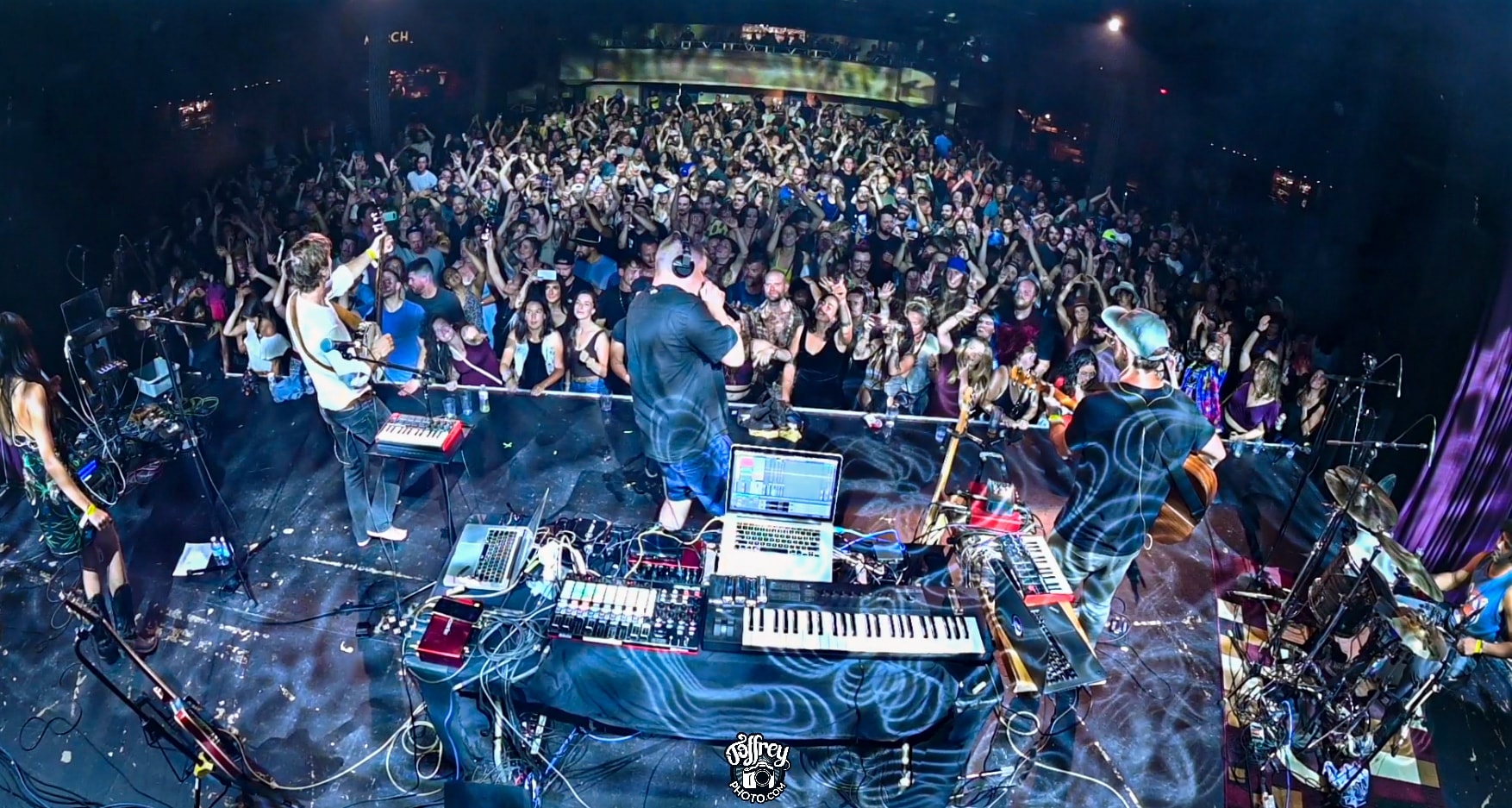
Photo Credit: Joffrey Photo (https://www.joffrey.ca/)
What about walking into a venue for the first time?
The most important things are probably: getting to know who’s doing the lighting; where you’re not allowed to go; and “who’s the boss?”.
Did photography somehow branch into getting into the Vancouver film industry or – is that a separate thing?
You know – it did. They’re somewhat related. I was in an unrelated career before I got into film because I’m a lighting technician in film but I’m not a photographer in film. But when I was looking to get into film, all my friends said, “It’s probably for you”. And it was for me too, just to learn how film lighting works. And it seemed like the right avenue to go. So yeah, they’re definitely related for sure.
And what are your top three favourite film productions that you’ve had the pleasure of working on?
Film production is the lighting technician side of my career, not the photography side – to be clear.
Number three would be Altered Carbon Seasons 1 and 2 because that was just such an over the top, sci-fi, big-budget show with a lot of really big sets, a lot of action, a lot of stunts, a lot of explosions, nudity, swearing, blood and guts and everything you could possibly think of.
Number two would have to be a Disney film called Peter Pan and Wendy. Worked on that here almost two years ago. It took them a while to release it. But working with that crew was probably one of the highlights of my career, basically because the director was the same director who did the Green Knight: David Lowery. I also met and made some new friend connections on that end. Another connection through David Lowery was his stills photographer who was named Eric. He did stills on Green Knight, Peter Pan, and The Menu (which also recently came out). So, those relationships you make as you film is something that that I really hold dear. Finding other photographers in that realm that either you learn from or you teach each other. That’s number two. That was Peter Pan. There are a lot of relationships that were forged in that.
View this post on Instagram
Number one was another – I have to pull up Disney again – they’re involved with everything these days. It sounds a little cliche, but five years ago, I was involved with a graphics company called MPC. where I was a stills photographer doing photogrammetry for Call of the Wild in the Yukon and Alaska. So I was doing stills photography, doing auroras, textures, and photogrammetry of grass, trees, rocks, and ice.
You would say going to the Yukon and seeing a lot of really amazing things would be your top career moment? Sounds gorgeous!
Yeah, they would pick us up before dawn, and drive out to the helicopter field. Get in a helicopter and land us on a glacier before sunrise. And we watched the sunrise, taking pictures of the ice on top of a mountain. Yeah, it was cool.
What challenges come with being a photographer for a dance music event? For example, you’re trying to line up a shot, but people are dancing and moving around. Or the dancers on the stage – or any other challenges you can think of.
It depends on every environment and depends on the gear you’re using. If you’re trying to shoot in a small club, and it’s full of people, you might want to actually use that to your advantage and shoot through the people. And you just allow all of those hands and heads to come through your photo. And then you try to align what works with what the stage is behind them to create an artistic dramatic effect.
But if you’re trying to shoot the people that are there, sometimes it’s either you go from shooting them directly based on what the client wants. And you have to sort of fight your way through people having a good time – looks like they’re with a group of friends. Usually say “Hey” and they usually know you’re the photographer for the night right away. You just get their attention. Either: they’ll show interest right away, you don’t even have to say anything, they will want a photo and they usually just automatically pose for you. Or they’ll not recognize you, not notice you. And then you just move on.
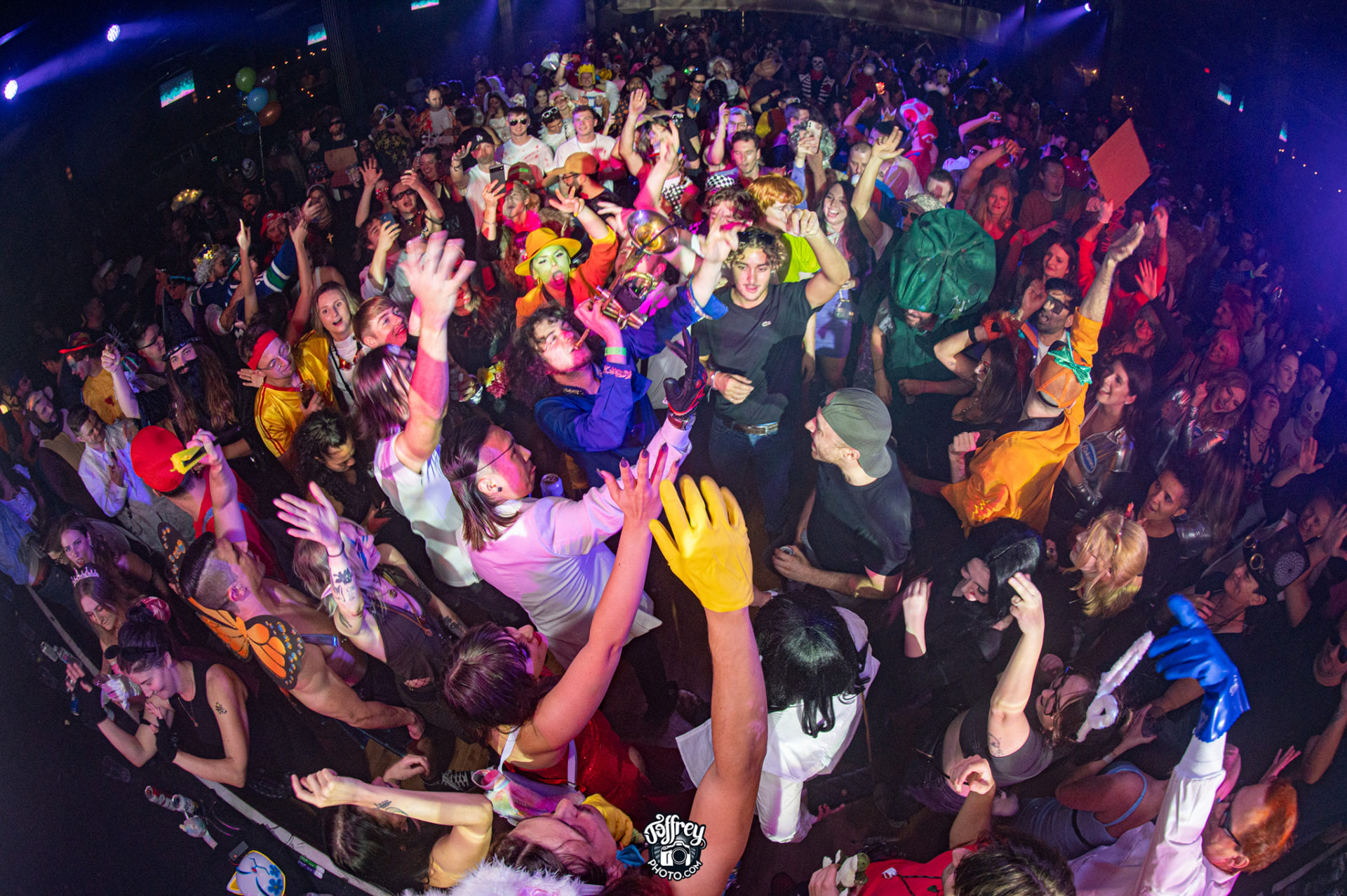
“A Westwood Halloween” event at the Commodore Ballroom
Photo Credit: Joffrey Photo (https://www.joffrey.ca/)
So you just read body language. For one thing, some people just don’t want to get their photo taken. And you go by feel. And then other times, you want to catch people unaware doing the reckless abandon thing and a light will catch them. You just sit on the sidelines and wait for those things to happen and those moments sort of come and go in a flash. So you have to know how to navigate. Sometimes you have to duck and run, get around people, and know the ins and outs of the room you’re in.
Obviously, festivals are better for that, because there are no walls. So, you can navigate that better by being able to go anywhere on the outskirts of a crowd. And sometimes it’s easier to shoot from the outskirts of a crowd because it’s less dense. So you find your moments within that and you just go around the outside.
I guess everything I just said was kind of just front-of-house, which means on a dance floor or around the dance floor. Stage photos are a whole other ballgame. And you have to go by the stage manager’s rules and know what those [performing] want or don’t want. And it’s important to recognize that when you are on stage, you’re not the act that’s on stage. So you tend to duck and cover: you jump and get your shot and leave. Or you stay low, have your camera on a monopod high up in the sky and remotely trigger or shoot a video clip and then you duck out and leave.
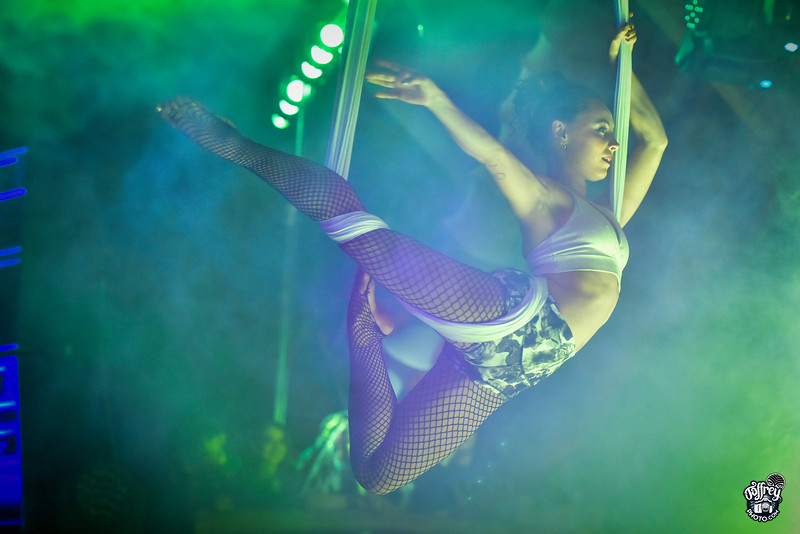
Photo Credit: Joffrey Photo (https://www.joffrey.ca/)
It’s different for video crews that are doing a whole film. They follow a different set of rules. But for photographers, you kind of like jump out. You can feel that music coming, there’s a drop coming. There’s gonna be cold sparks and confetti and CO2 cannons going off. You wait for that moment. You have your camera on your monopod. And it’s going to take 10 shots in half-second intervals. You throw it up in the air and you hit the time release and it’ll snap snap, snap, snap snap. You stay cameras up high, do it and leave. And that’s kind of how I go. You hit it and serve a guerilla attack. I think that’s it.
Like you’re there but you’re not there. You’re hidden in the background.
Yeah, you’re there. But you’re not the fixture, you’re the practical. The DJs there are the live actors, they’re the ones to be seen. And sometimes I guess another prong to that answer is I was shooting with a band called The Scratch and they’re an Irish rock band. And they’re playing in a sold-out show in The Rickshaw in Vancouver. But when I talked to them ahead of time in the green room, they were like “We want you in there. We want video clips, we want photos. We want you to be right there and we won’t shush you off or push you away.”

The Scratch at The Rickshaw Photo Credit: Joffrey Photo (https://www.joffrey.ca/)
So I was like all right, here we go. So, it was a high-energy set and I get in there and I get photos and then I come back and I do a video clip. And I literally have my camera like an inch from this guy’s guitar. He’s swinging around doing 360s and jumping up on the stage. So I gotta find those moments where I can come in, shoot for 30 seconds, not get knocked out or knocked over, and then back out and then go duck and hide behind the speaker. So, you know, every environment every show is slightly different. You know, a DJ doesn’t move from their decks unless they stand on top of them or they’re behind them. Or they might go out in the crowd – very rarely. But yeah, a live five-piece band: a whole other ball of wax.
Okay, so if you’re at a nightclub event, and you are taking photos there? How many photos do you end up with before the editing process begins? On average.
Okay, on average you have, say, a small club with one headliner type of night where you have two to three openers – you might have 500 to 1000 photos. And maybe 50 to 100 video clips, depending on what the client requires, or more. And that’s at a small event.
On a larger event, where you’re doing a small arena or medium concert setting stage with multiple headliners – start at 2000 images and go up from there. And that’s all raw, digital negative. So it’s a lot. You’re going through a lot of data and depending if you’re shooting video and depending if the client wants 4k, you’re running through tons of amounts of data. It’s all dependent upon the client that you’re working with, the band, or the DJ that you’re shooting.
What about a festival like Bass Coast?
That one’s kind of in a league of its own. The show-runners Anna Hillier, Liz Thompson, and Andrea Graham, all have a certain outcome where they treat their photographers and videographers quite well. They’ll give you a shot list that’s based on everything that encompasses the festival. And they’re very comprehensive about their shot list. They want every DJ covered, so it’s not as much of a gig economy when it comes to Bass Coast. Show-runners are going to document you. And it doesn’t play the same. It doesn’t play out the same way as, say, festivals in the States. It’s got a very friendly Canadian approach where that is all covered. Unless you have an outside company coming in and then that will be an entire outsourced company that will come to you for documentation.
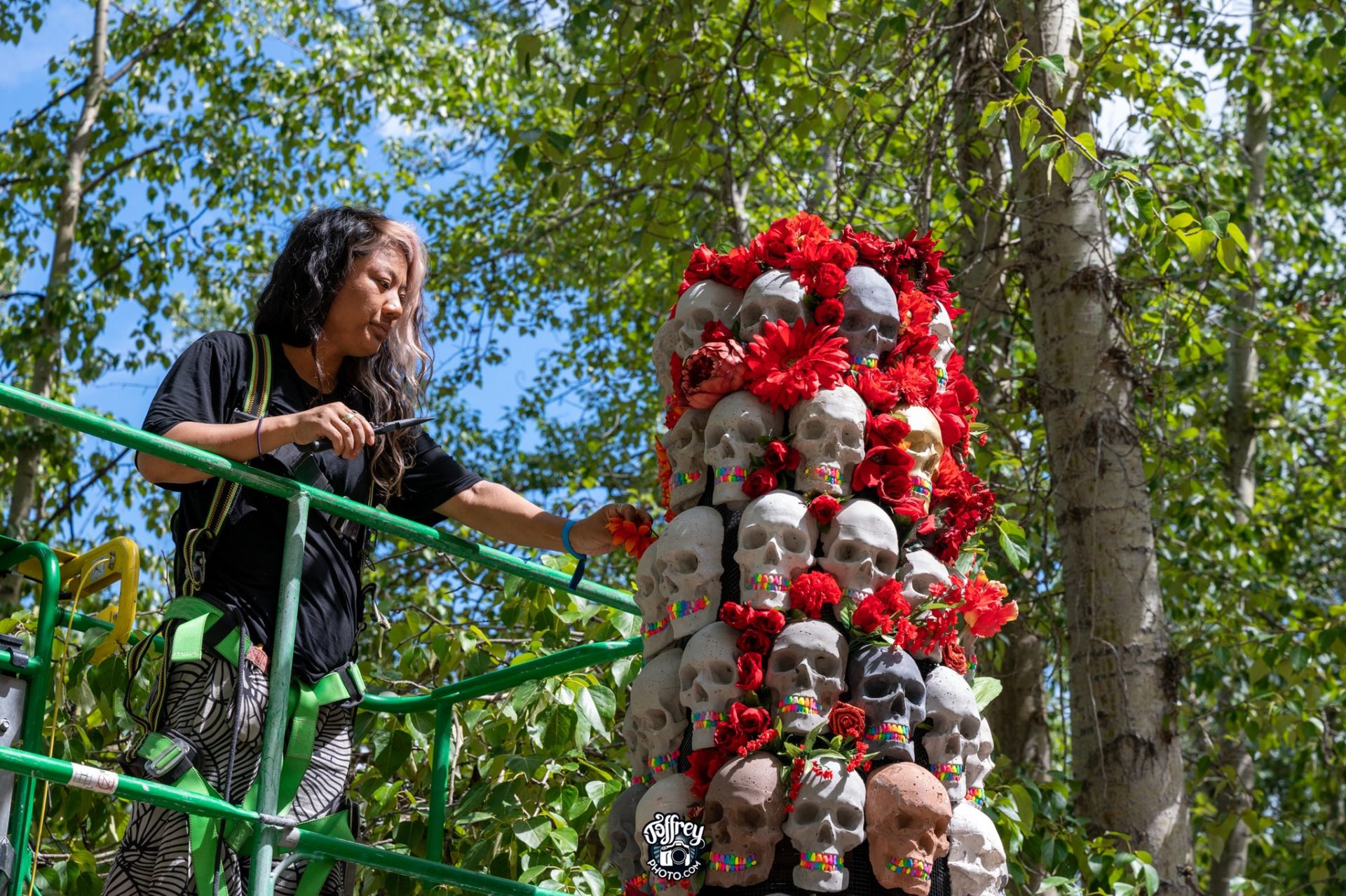
Photo Credit: Joffrey Photo (https://www.joffrey.ca/)
I was there for the pre-show because they wanted me to get people working. So I was there probably from Monday on. This is pretty normal for me at Shambhala and Bass Coast, where I’m going in a couple of days early, before the general public, and then shoot some of the pre-show works. Some of the build works, and shooting pictures of people that are preparing art installations, people that are preparing safety installations, and stuff like that. So that’s almost seven days of shooting – between 5,000 to 10,000 plus photos. But then the outcome is maybe 500 to 1,000 photos that you’re actually going to use. It depends though – maybe it’s more than that, less than that.
Depending on the size of the venue, how many photos end up making the cut for club events? And how many photos does the public see after the fact?
If their club wants photos, they’ll see maybe 150 to 200 photos and they’ll post an album or something like that. Bigger showrunners for medium size and bigger shows – they’ll probably only show you like five or 10 photos. And then it’ll be in stories. They’ll just be big wide shots, big close-up shot of the headliner, maybe one of the crowd, and then a few other ones, but nothing too crazy.
How has your equipment changed over the years?
We went from being digital with single lens reflex to mirror-less and having the ability to shoot silent in the last five years and that has changed the industry. We don’t need to have sound blimps on our cameras anymore for onset stills. It’s kind of a moot point now. If you need to be stealthy – you can be stealthy. You can shoot higher frame rates, and have a lot more dynamic range and speed to shoot in low lights with mirror-less cameras. It’s completely night and day now. It’s kind of a game-changer.
View this post on Instagram
Is there any equipment you have that you couldn’t work without? Do you have any extra things on top of the camera?
I couldn’t work without speed lights [or] study lights. So the flashes and a light that stays on. Modifiers, which are usually in the form of diffusion of your light. And yeah, I guess those are just the things that kind of go with it. And also now, with the advent of Wi-Fi, and Bluetooth being built into mirrorless cameras, the connection to my phone is now necessary. I can transfer data onto any mobile device and send it to a client immediately. Or edit it on my phone and just send it. So with that advent, I wouldn’t be able to go backward either.
Is there anything you want to add about the future of photography?
How we integrate artificial intelligence apps is now on everyone’s mind. It’s interesting with a lot of people – there’s a lot of pushback. There are a lot of people wondering: what’s next for their business, for their career? Or how to integrate AI, AI extensions, and apps into what they do every day. NVIDIA and Adobe have just partnered to create an entire AI platform for media content creators to utilize those parts on your Creative Cloud.
We already have neural AI filters in Photoshop. You can change the position of someone’s eyes, the way they look in a photo with one click. So now there are photographers that I follow on Instagram that are using photography they already have with green screen, blue screen, and using AI like mid-journey and jelly two and stuff like that, to actually create new backgrounds for them, instead of going to real-world backgrounds.
So they’re using the model – but then they’re changing the atmosphere and the background environment to add things to their photography, and that’s just it’s already there. It’s funny, because there’s a lot of pushback, but they’re already integrated into all of our software. It’s just that it’s going to elevate.
Interesting. I didn’t even think about AI and wouldn’t have make the connection to photography, but it’s another art form.
It’s completely already walked its way in. A lot of chat rooms are talking about it. And if you’re younger and accepting of software and new software, then you’re probably just digging right into this. But if you’re getting older and you’re struggling with the ideas changing – then you’ll probably have to change that mindset pretty quickly. There’s nothing you can do about it except… accept it. And maybe utilize those tools for you to learn because now you can teach yourself how to fix something just by typing it into AI. It’ll give you a personalized response.
Are there any events that we can expect to see you at this year?
I’m going to be at Bass Coast Festival and Shambhala Music Festival in July. Going to Lightning in a Bottle – I haven’t been down there in four or five years. I’m excited to go back for that and to check out the newer location where they’ve landed because I did several years at their previous location. The new one is Buena Vista Lake – which I’ve been to before for Symbiosis Gathering and that’s a great location so it should be fun.
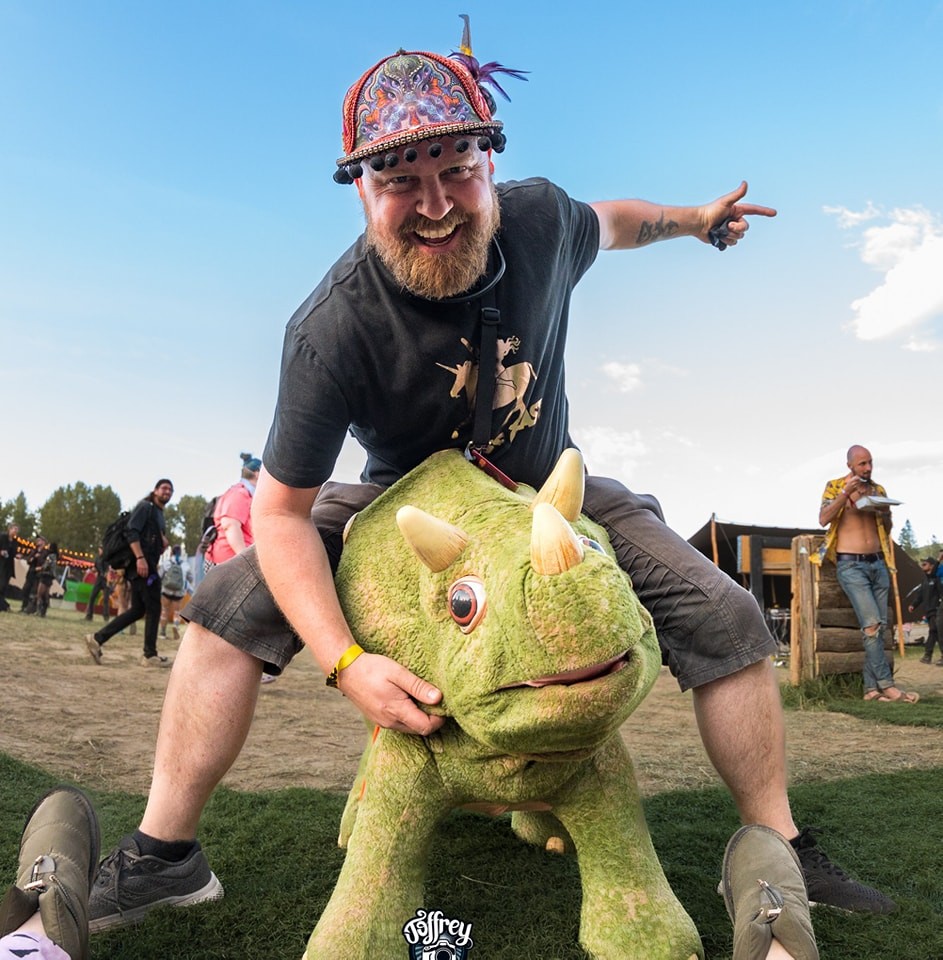
Photo Credit: Joffrey Photo (https://www.joffrey.ca/)
Check out Joffrey’s socials, IMDB and website to keep up with the many projects he has going on.
Website: https://www.joffrey.ca/
Instagram: @joffreyphoto
Facebook: www.facebook.com/joffreyphoto
IMDB: Joffrey Middleton-Hope
Important things happen in Pacific Northwest nightlife, and DMNW will send you alerts!

